- Proximity sensors are electronic devices that sense the physical presence of an object without making physical contact. The basic functionality of a proximity sensor is the detection of objects without any physical contact between the sensor and the objects. There are numerous applications of a proximity sensor ranging from household applications to vast industrial applications.
- Devices such as limit switches detect an object by contacting it, but Proximity Sensors can detect the presence of the object electrically, without having to touch it.
![]()
Types of sensors
1.Inductive sensor
- Inductive proximity sensors are contactless sensors used to only detect metal objects. It’s based on the law of induction, driving a coil with an oscillator once a metallic object approaches it.
- It has two versions.
- 1.Unshielded: Electromagnetic field generated by the coil is unrestricted, allowing for wider and greater sensing distances
- 2.Shielded: Electromagnetic field generated is concentrated in the front, where sides of the sensor coil are covered up
- It comprises 4 main components as seen in the picture; Coil, Oscillator, Schmitt Trigger, and output switching circuit.
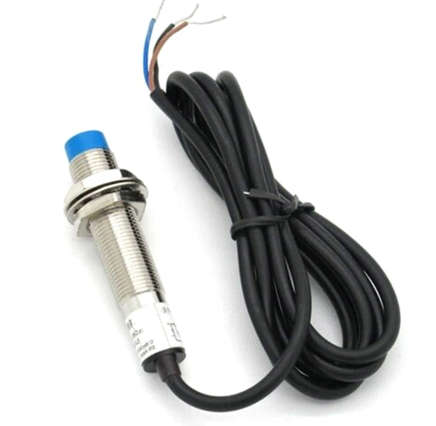
Applications of Inductive Sensor
- Machine- tolls, assembly line, automotive industry
- Detection of metal parts in harsh environments
- High-speed moving parts
2.Capacitive Sensor
- Capacitive proximity sensors are contactless sensors that detect both metallic and non-metallic objects, including liquid, powders, and granular. It operates by detecting a change in capacitance.
- Similar to inductive sensors, it consists of an oscillator, Schmitt trigger, and output switching circuit. The only difference is it comprises 2 charging plates (1 internal, 1 external) for capacitation.
- Internal plate connected to the oscillator.
- External plate (sensor electrodes) used as the sensing surface.
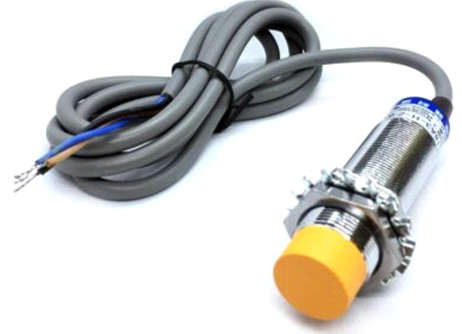
Applications of Capacitive Sensor
- Final inspection of packaging lines
- Measurements of the filling level of the liquids or granules through the walls of plastic or glass tanks.
3.Ultrasonic Sensor
- The ultrasonic proximity sensors help in detecting the presence of objects through emitting high-frequency ultrasonic range. It does so through the conversion of electrical energy. Similarly to capacitive sensors, it can detect objects in solid, liquid, granular, or granular as well.
- Probably the easiest among all, it only comprises an ultrasonic transmitter and an ultrasonic receiver.
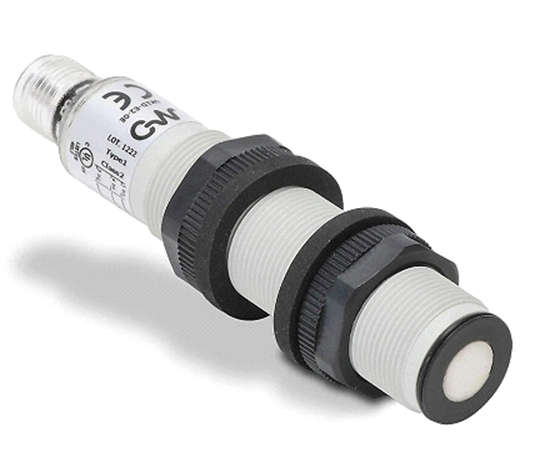
Applications of Ultrasonic Sensor
- Passage of objects on conveyor: glass bottles, cardboard Packaging.
- Filling level of liquids in a bottle or of granulates in a plastic injection machine.
- Depth of cavity
4.IR Sensor
- The Infrared proximity sensor detects the presence of an object by emitting a beam of infrared light. It works similarly to ultrasonic sensors, though instead of using sonic waves, IR is transmitted.
- Infrared proximity sensors consist of an IR LED that emits, and a light detector for detection of reflection. It has an in-built signal processing circuit that determines an optical spot on the PSD.
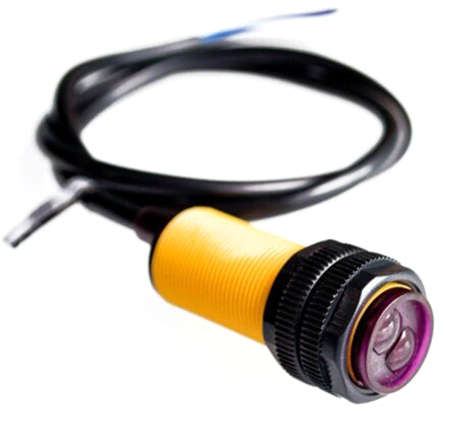
Applications of IR Sensor
- Distance measurement
- Item counter; when an object cuts the radiating light, it counts as one
- Security systems such as surveillance, burglar alarms, etc.
- Monitoring and controlling applications
5.Optical Sensor
- A complete optical proximity sensor includes a light source and a sensor that detects the light. These sensors detect objects directly in front of them by detecting the sensor’s transmitted light reflected from an object’s surface.
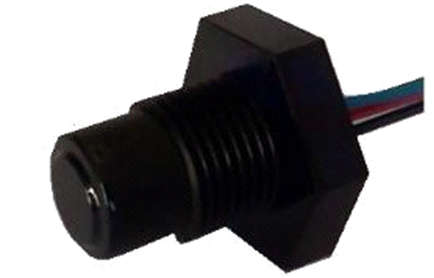
Applications of Optical Sensor
- Object detection on conveyor
- Carton counting
- Product sorting
- Contrast detection
6.Magnetic Sensor
- Magnetic proximity sensors are proximity devices used to detect magnetic objects through their large sensing ranges. A typical one incorporates glass and metal blades, allowing for quick magnetizing! Though it merely senses magnets, it’s still great for its low cost, long-range, and small dimensions.
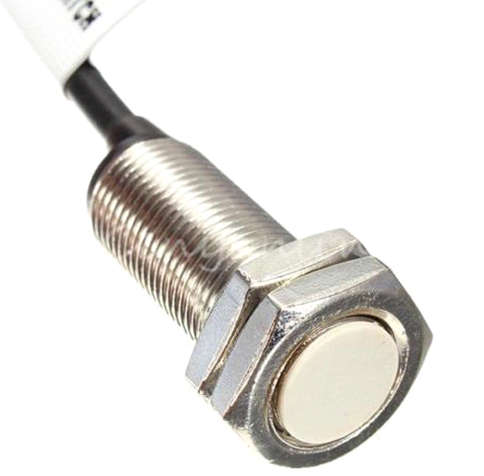
Applications of Magnetic Sensor
- Object detection
